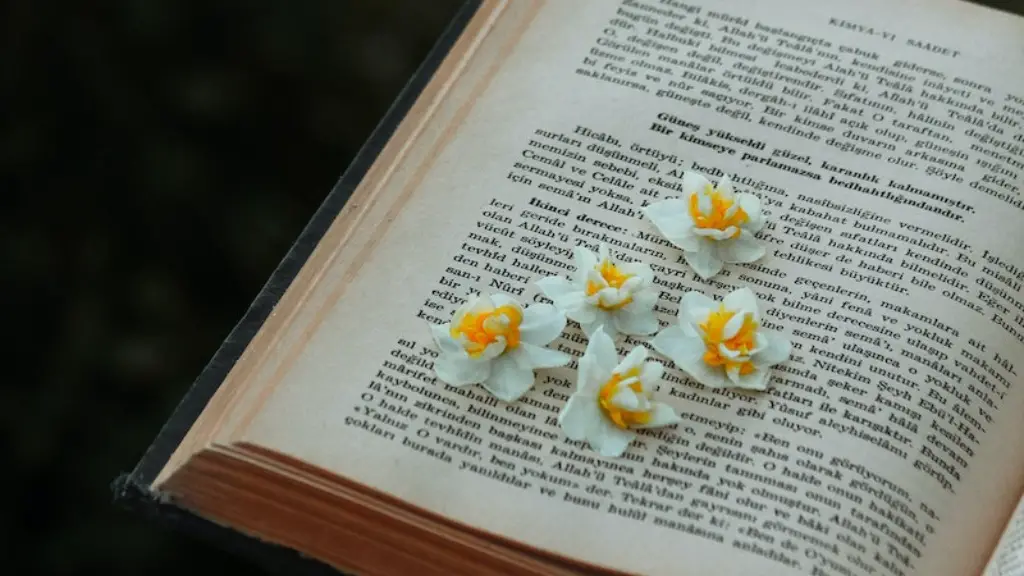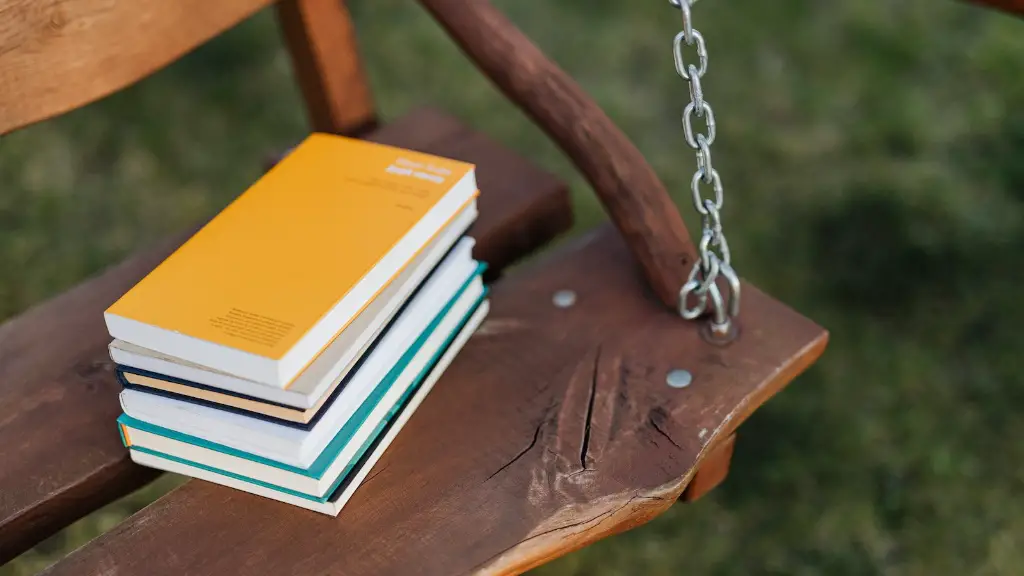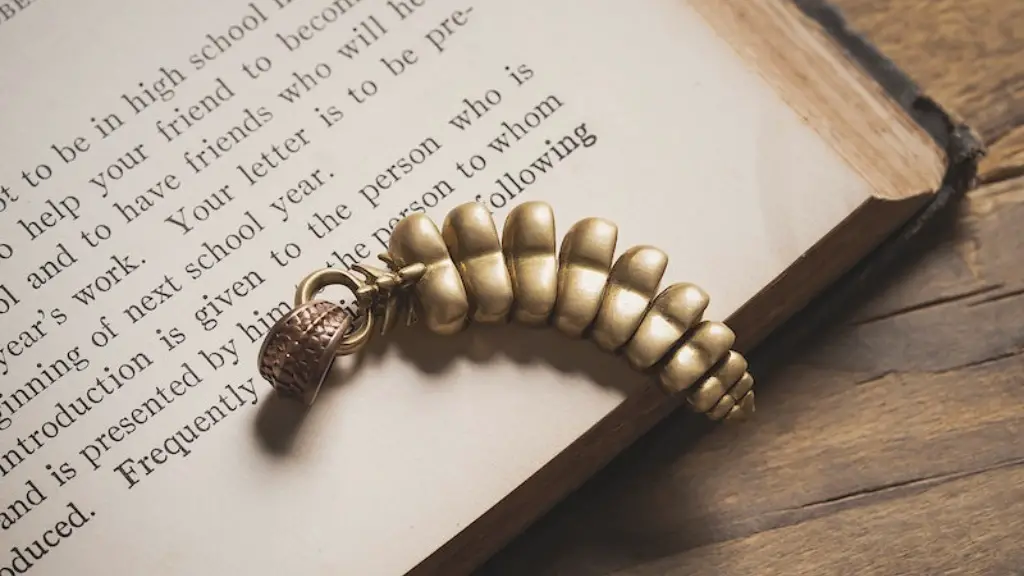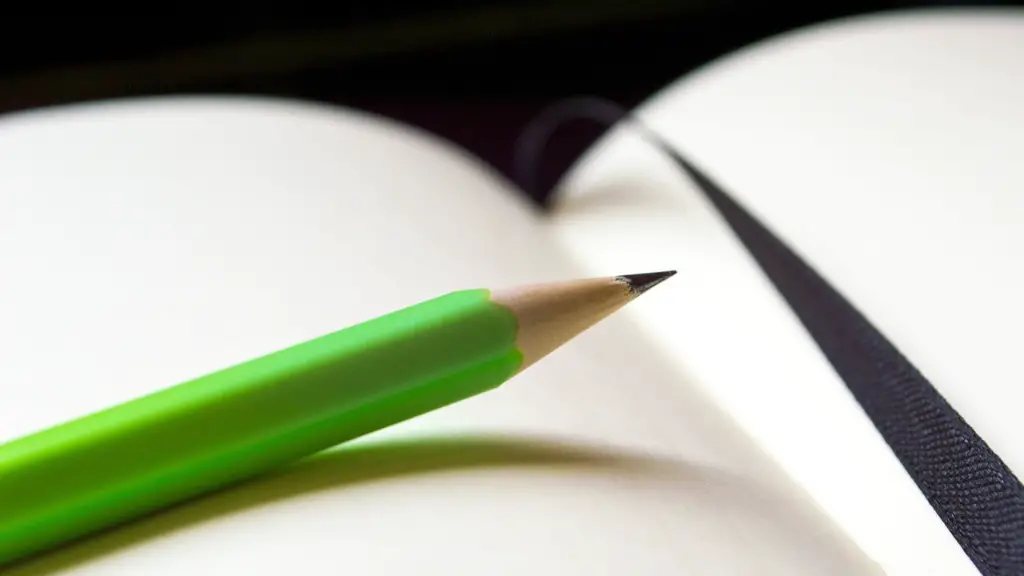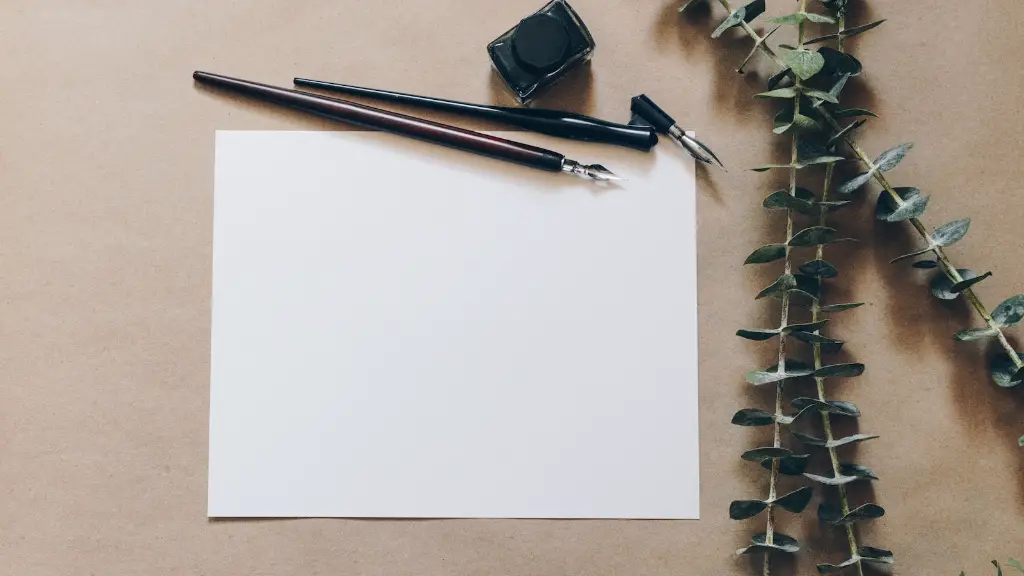As literature enthusiasts, some of us are content with reading works of fiction, while others take things to the next level by studying and interpreting poems. For many skeptics, poetry may appear mysterious, random and even cryptic — but don’t worry. With tips and strategies, you can learn to successfully interpret and understand poetry. In this article, readers will gain an overview on how to read and analyze poetry.
What is Poetry?
Poetry is a written form of expression that uses emotion, imagery, symbols and language to communicate complex feelings and ideas. It is arguably the oldest form of literature, with its origins traced back to ancient cultures including the Old Testament, Heian Japan, Babylon, and the Vedic Sanskrit.
The beauty about poetry lies in its ability to evoke and convey powerful messages that can impact readers in profound ways. To interpret their depth, it is essential to understand the historical context, carefully examine the literal and figurative meanings of words and phrases, and decipher between literal and figurative language.
Ready to Read
Before reading poetry, it’s important to cultivate an open mind and heart. Understanding poetry requires readers to switch to a different type of processing than novels and short stories.
Start with reading the poem three times: First, for general understanding; second, to pick up on any noticeable patterns or devices; and third, to identify and analyze the deeper or figurative meanings. While reading, note down your impressions, emotions and thoughts. Don’t be afraid to express a judgement or make assumptions.
Components of Poetry
poem. By understanding common components of this artwork—such as figurative and literal language, imagery, and stanzas—you can present an analytical reading of a poem.
Figurative and literal language is used in poetry to convey messages with multiple layers of meaning. Figurative language is used to help the reader identify metaphors, similes and allegories. The poet might also use sound, rhythms and rhyme to add interest and intrigue. The sum of these elements provides the poem context and helps to articulate the overall message of the poem.
Imagery and Imagination
Imagery – using words that evoke images in the reader’s mind – creates a vivid picture and allows readers to better visualise or picture the overall message of the poem. The reader is encouraged to depict the images created by the poet and form a connection to the poem.
Understanding the stanzas in a poem can also help readers comprehend the poem’s direction and focus. These elements refer to units of lines arranged in patterns, often with consistent rhyme, metre and length. Be sure to pay attention to any changes that the poet may make in the stanza structure — these signify a sense of transition.
Examine the Content
Once you’ve identified the components of the poem, it’s time to unpick the content. Analyzing here involves breaking down the words, examining their individual meanings, and understanding how they convey the message of the poem. Be sure to make connections and look at how the poem connects to its historical background, the poet, and other related works of literature.
Take special note of any symbols, ideas, or metaphors and their potential meanings. Ask yourself: How is the poet using imagery to portray his/her message? How does the arrangement of the poem support this message? Reflecting on the climax and resolution of the poem can also be helpful in understanding the meaning. You might even take this further by making connections to life and other works of literature.
Appreciate the Form
Just like novels, poems often have different forms, including ballads, sonnets, odes, free verse, and haiku. Understanding the differences between each will be rewarding in terms of the level of appreciation to a particular poem. By seeing how different elements of a poem come together to create an impact, you can get better insights into the poem’s meaning.
Understanding the types of lines used in the poem is another element to look out for. The length of each line carries an element of surprise and unpredictability that can greatly enhance readers’ experience. It is amazing to observe how the same sentence can be composed so differently; for example, using a long line can generate suspense, followed by the punch delivered by the shorter line.
Analyse the Tone
Where the words or images may lack, the tone sometimes gives a hint to the reader on how to dig deeper; it refers to the attitude and emotions in the poem. Through tones, the poet conveys his/her feelings toward his/her readers, the subject or both. Analyzing the tone of a poem can therefore help readers to better understand the feelings and attitude of the poet.
For instance, we might observe a tone of mourning in a poem, symbolise their grief with words like “tears,” “sob” and “weep.” We can also start to notice how the poet uses punctuation in a sentence to depict the attitudes of the poet. Sudden stops, dashes, and ellipses can convey hesitation, surprise, or wonder to the readers.
Interpret and Relate
Interpreting a poem is often subjective and debates can emerge on how many interpretations can be made from one poem. This process. however, can be made straightforward by referring to the structure and components of the poem we covered earlier. The connection between a poem’s meter and literal and figurative meanings can all present the ‘bigger picture’ that the poet is trying to communicate.
Talk to other readers who have read the same poem and hear how they interpreted it. Ask them questions and get a better understanding of the various ideas and opinions of the poem. This can bring a broad perspective on how readers relate to the poem while giving us a chance to validate or invalidate our own interpretations of the poem.
Useful Resources
Poetry is an immersive art form; a combination of language and rhythm that can leave readers awe-struck or heart-broken. While poetry may appear insurmountable for some, honing our skills for interpreting poetry can be an enjoyable journey.
For readers who would like to further explore, there are a host of resources to get us started. From the classics such as the works of Edgar Allan Poe and William Wordsworth, to websites such as Poetry Foundation, Poetry Out Loud and Poetry by Heart.
Practice and Engage
Like other crafts, understanding how to read and analyze poetry requires practice and dedication. Create notes, diagrams and experiments as you go along to help you remember and deepen your thoughts.
Engage with fellow readers and explore the ideas they have. Use what you know and draw lines between your life and the poem. Allow yourself to be vulnerable and you’ll find yourself slowly understanding the poet’s messages.
Analyse the Structure
Understanding the structure of a poem is essential to properly interpret it. We may observe elements such as a list of stanzas, lines and rhyme scheme are used. Note down any changes the poet has made to the structure; observe a pattern or other form of repetition such as a consistent rhyme at the end of the line. It is interesting to see how the rhythms, stanzas and lines support certain ideas in a
Look for Symbols
Symbols are often used to illustrate a message more effectively in a poem. They might also represent a particular feeling, ideology or idea. It helps to first determine the mood of the poem and observe the atmosphere. Then, look out for objects and colours mentioned in the poem and ponder its relationship with the greater meaning.
For instance, a poet may mention a lake in the poem and link it to ideas of loneliness, peace or solace. To derive more meaning, look at the context of the entire poem and create a connection between the different details and symbols.
Understand the Speaker
The speaker of the poem is an important element crucial to analyse. Ask yourself: Who is speaking in the poem? What is the relationship between the speaker and the poet? Are there any deeper stories underlying the poem?
For example, a speaker may be a protagonist in the poem. It is essential then to recognize the character’s background and look out for his/her goals and feelings in the poem. This helps us to draw better conclusions to the poem’s underlying messages.
